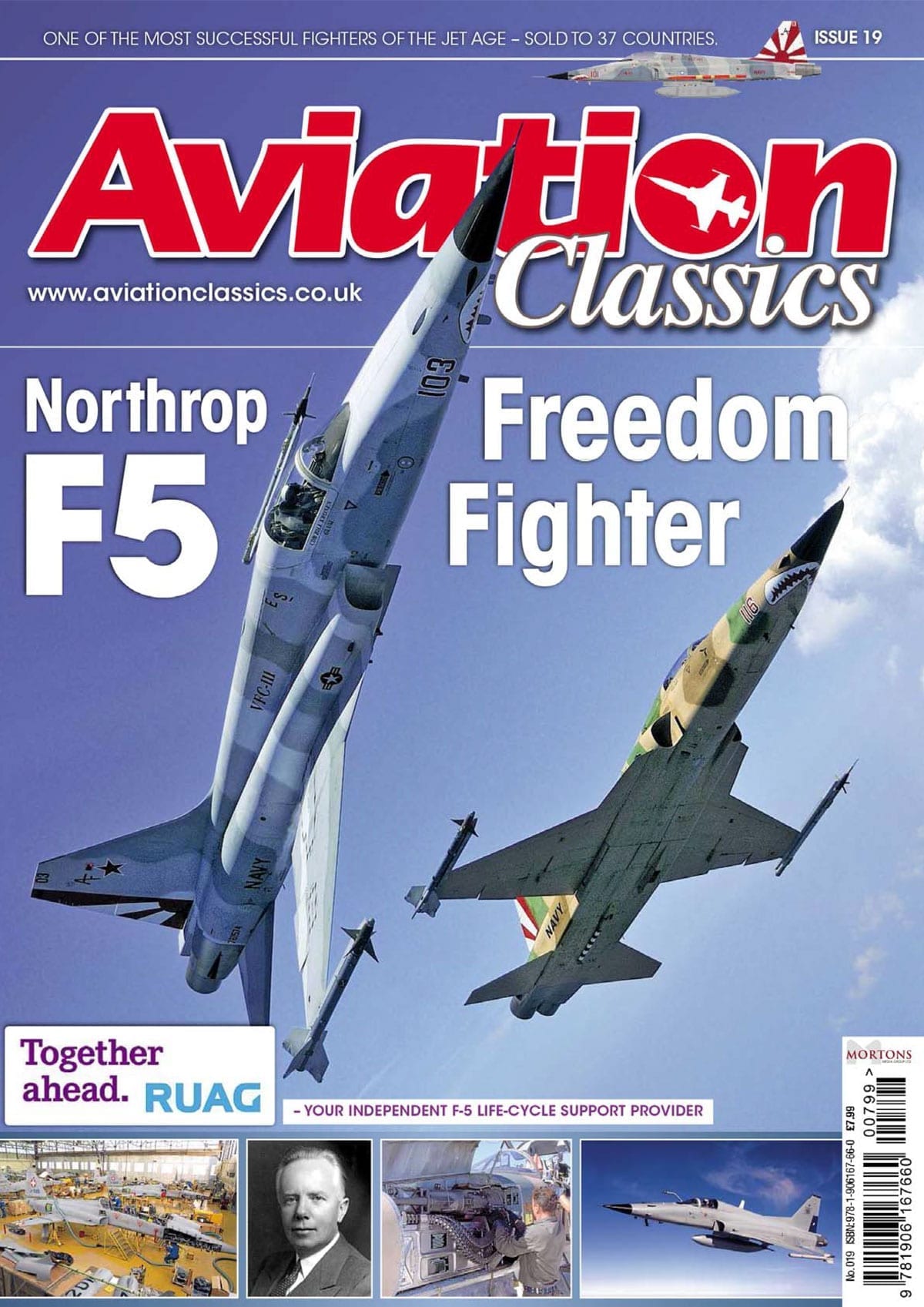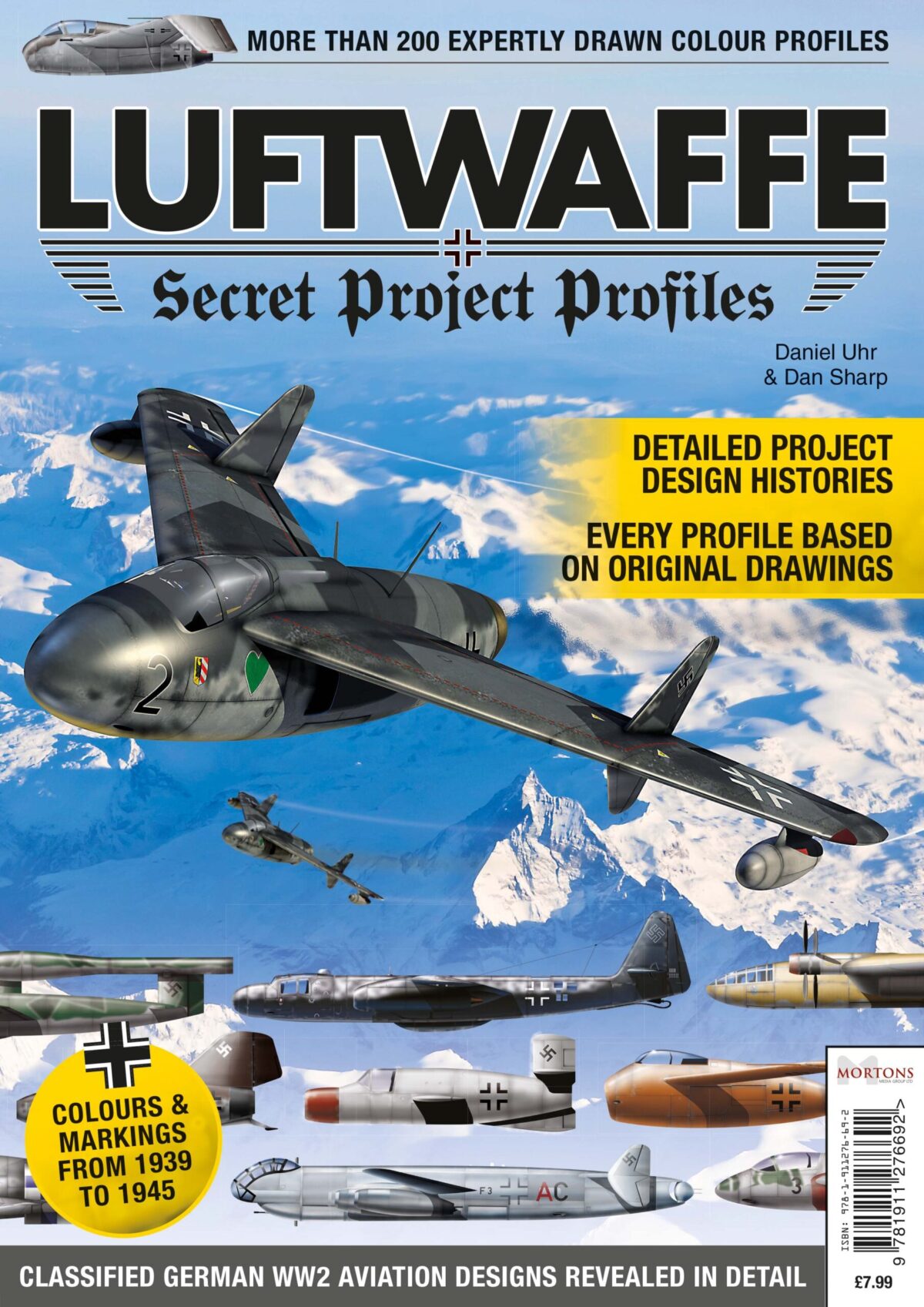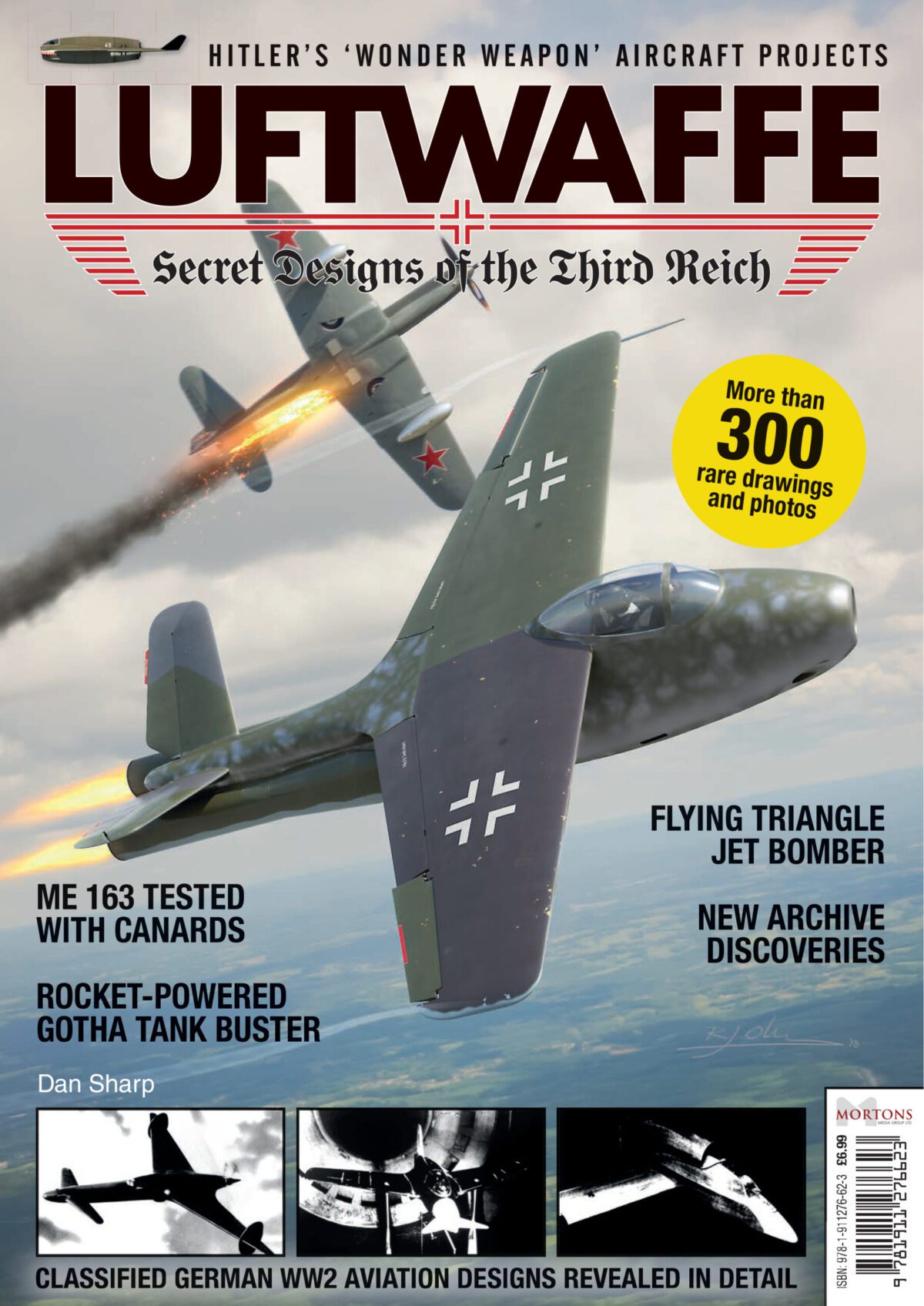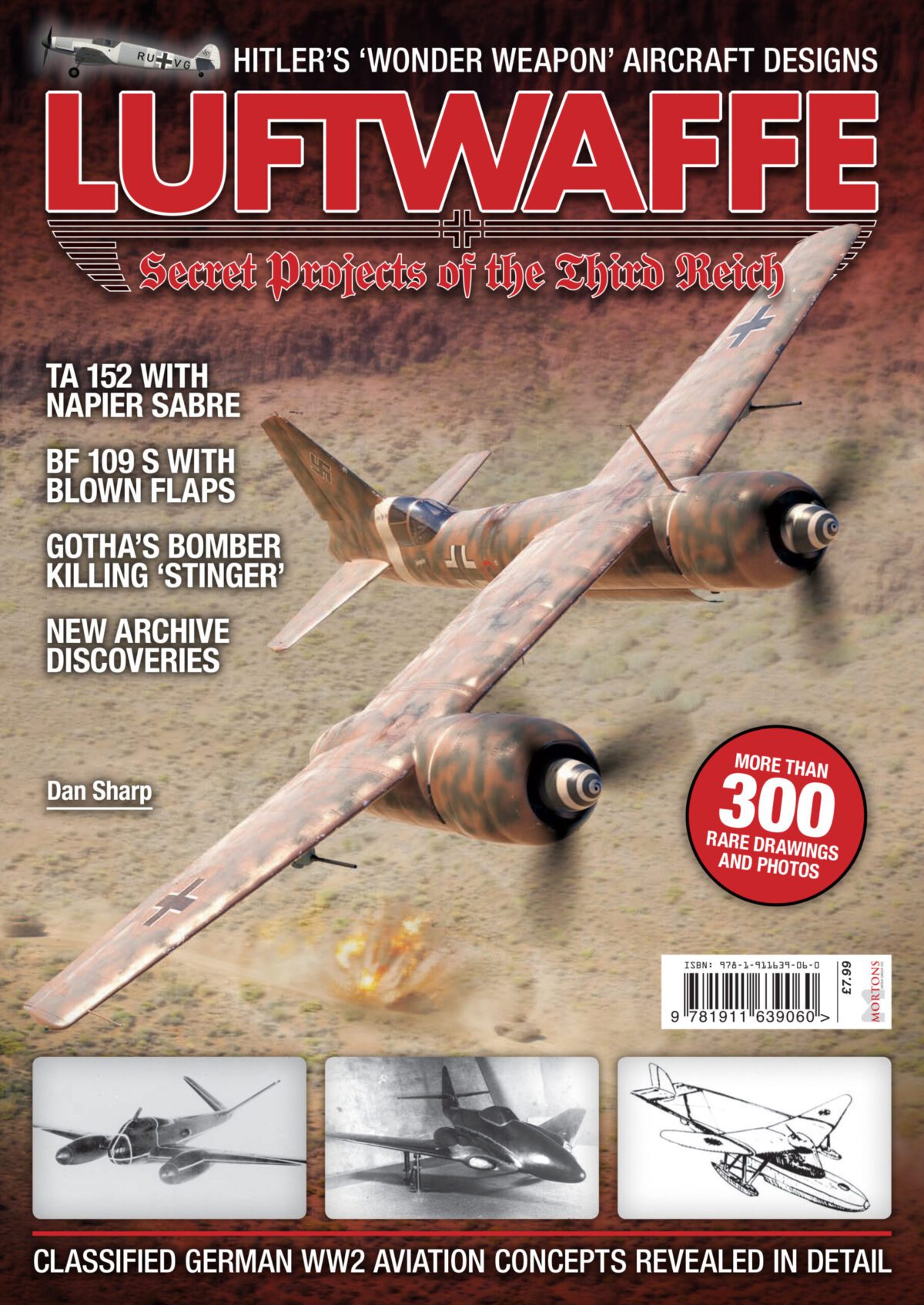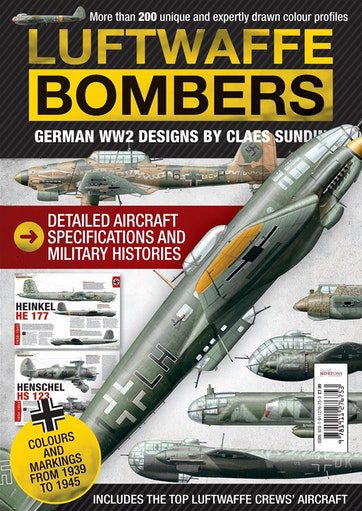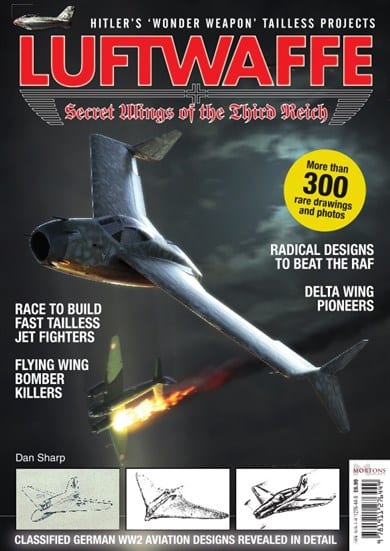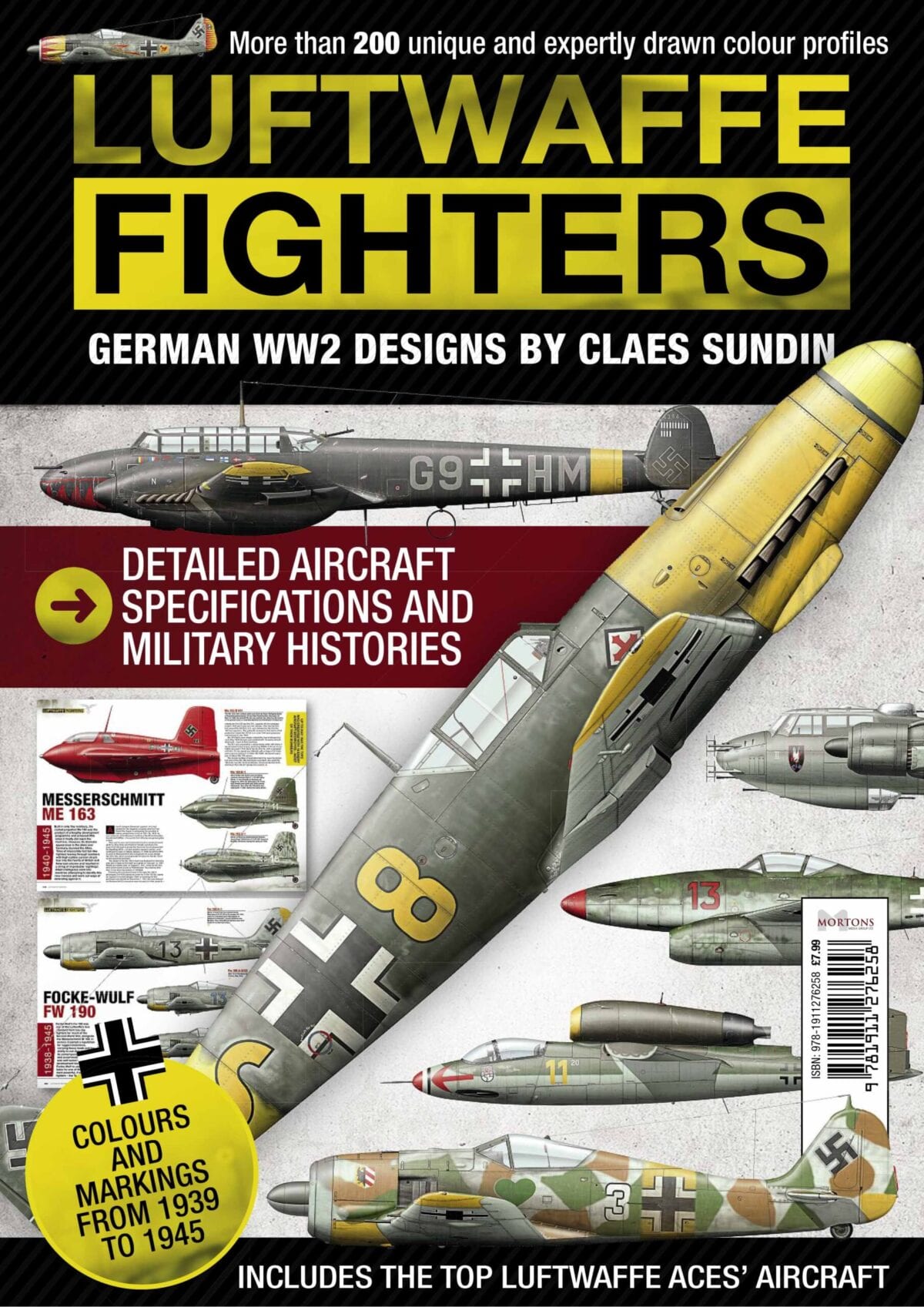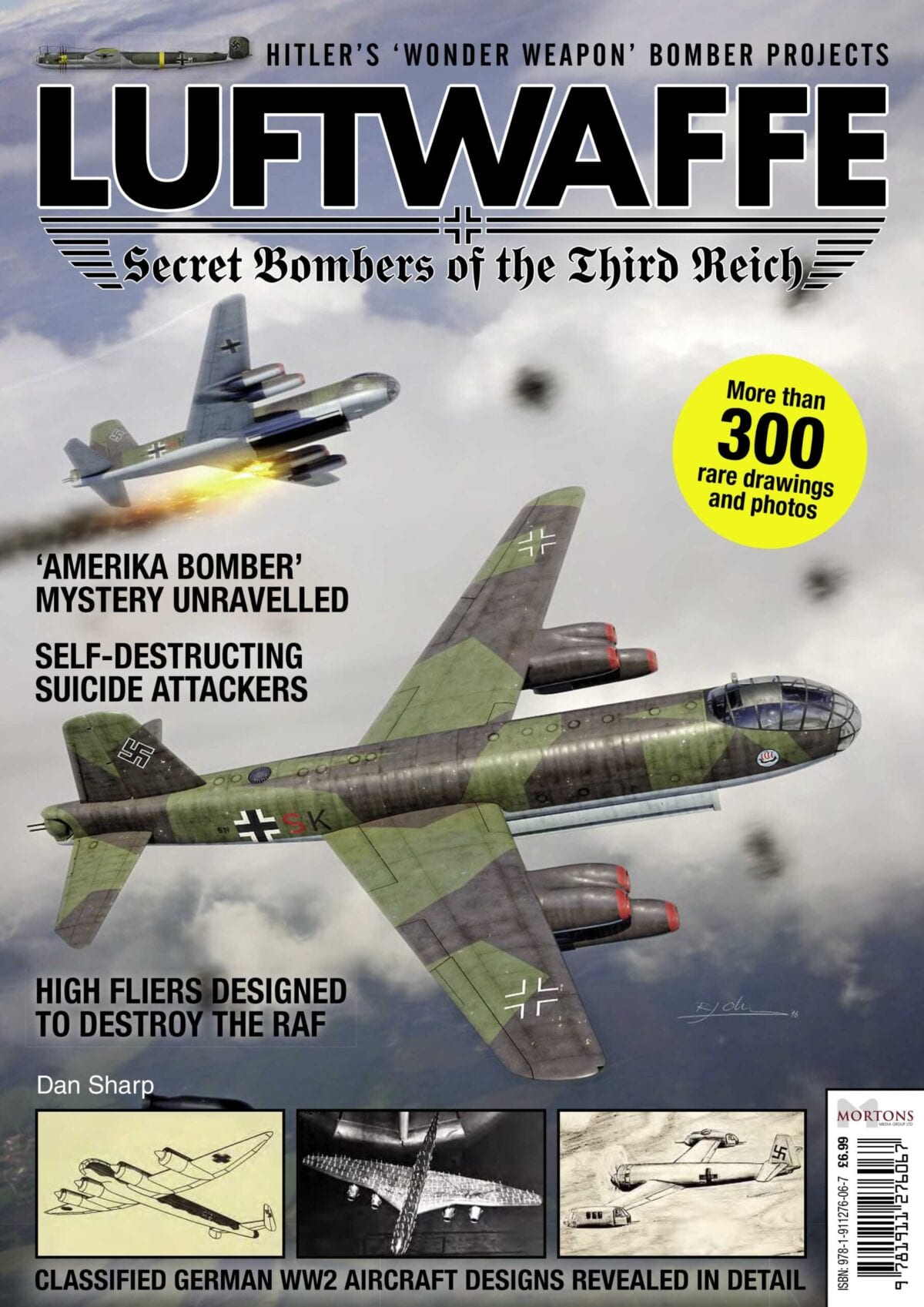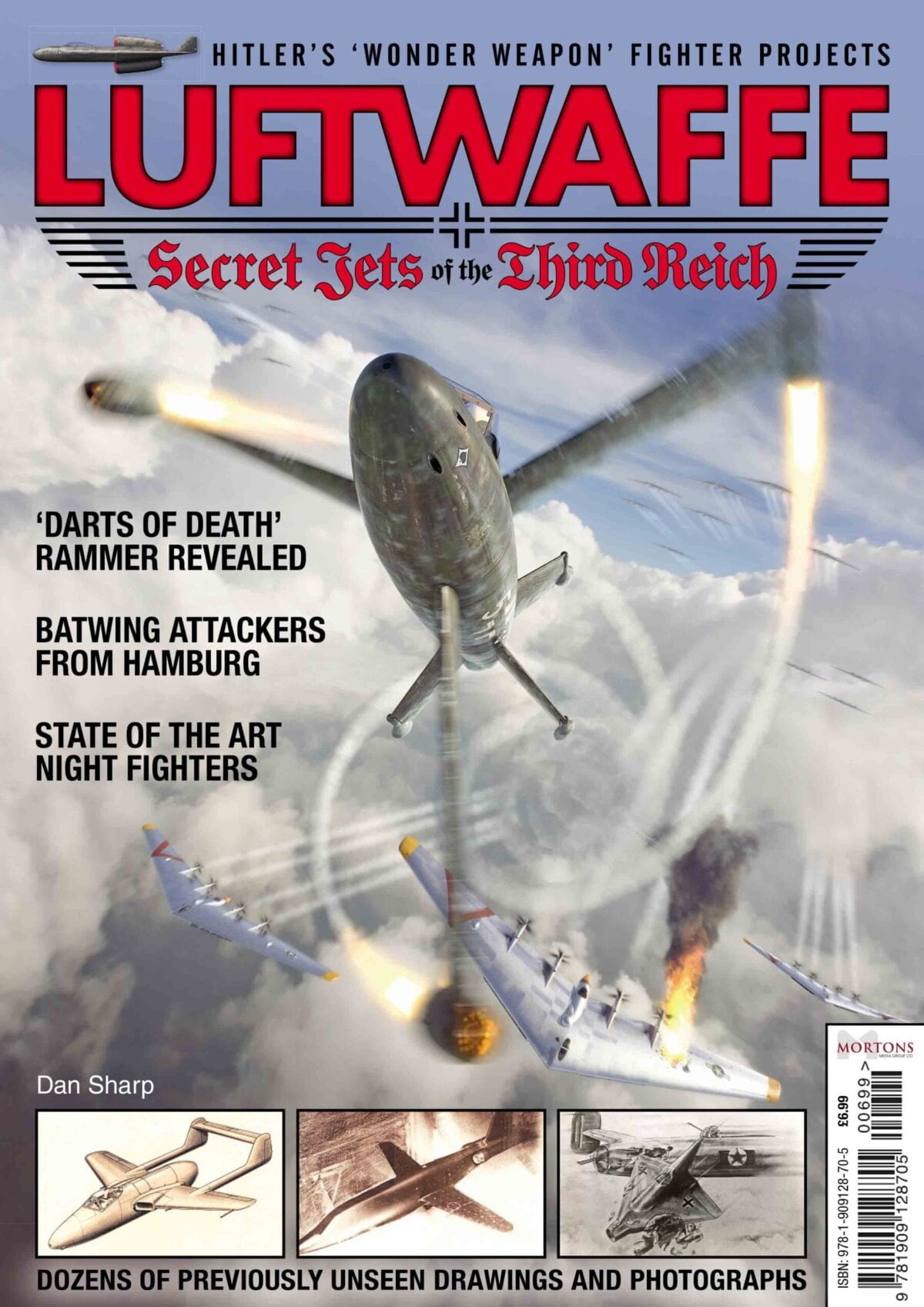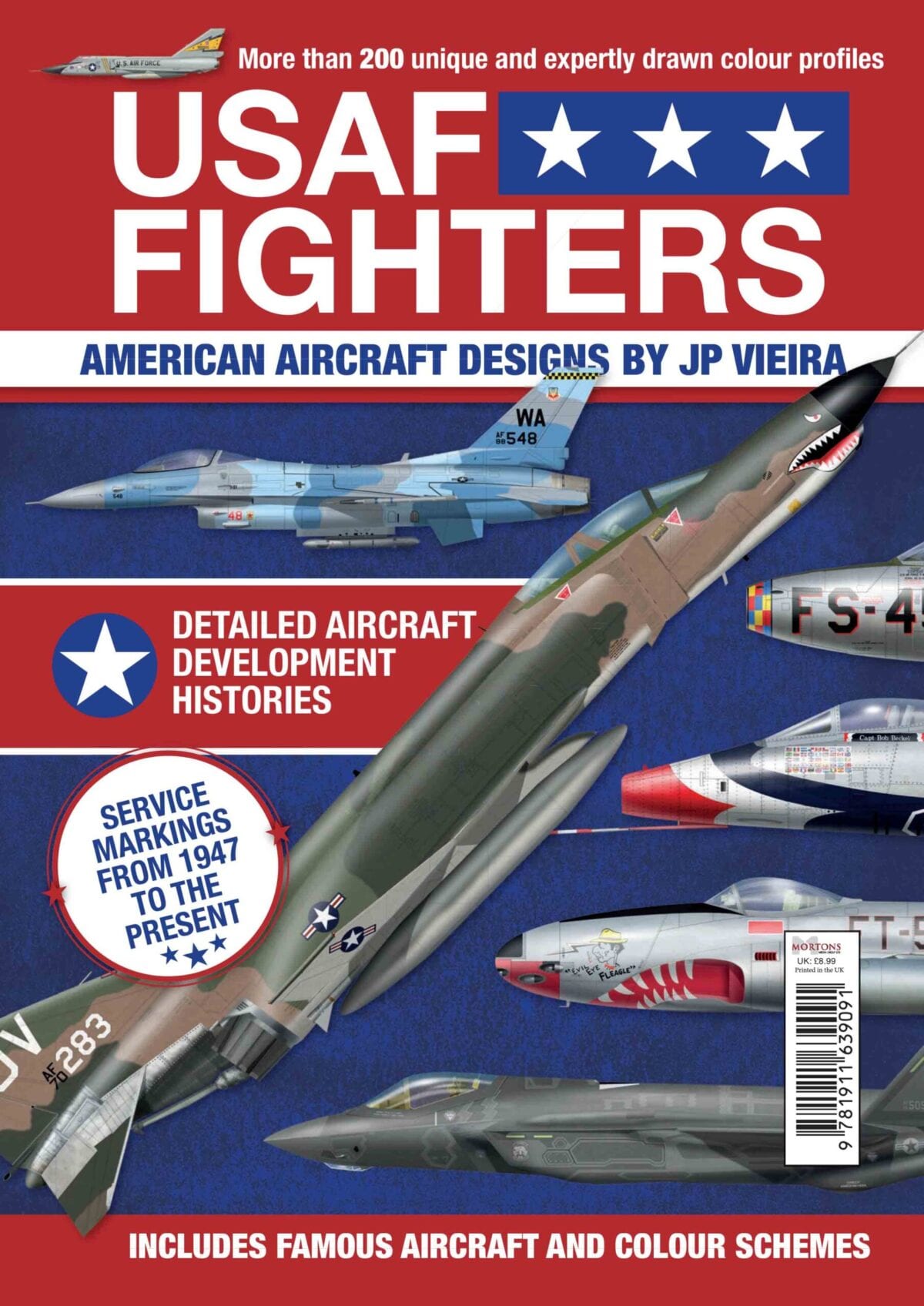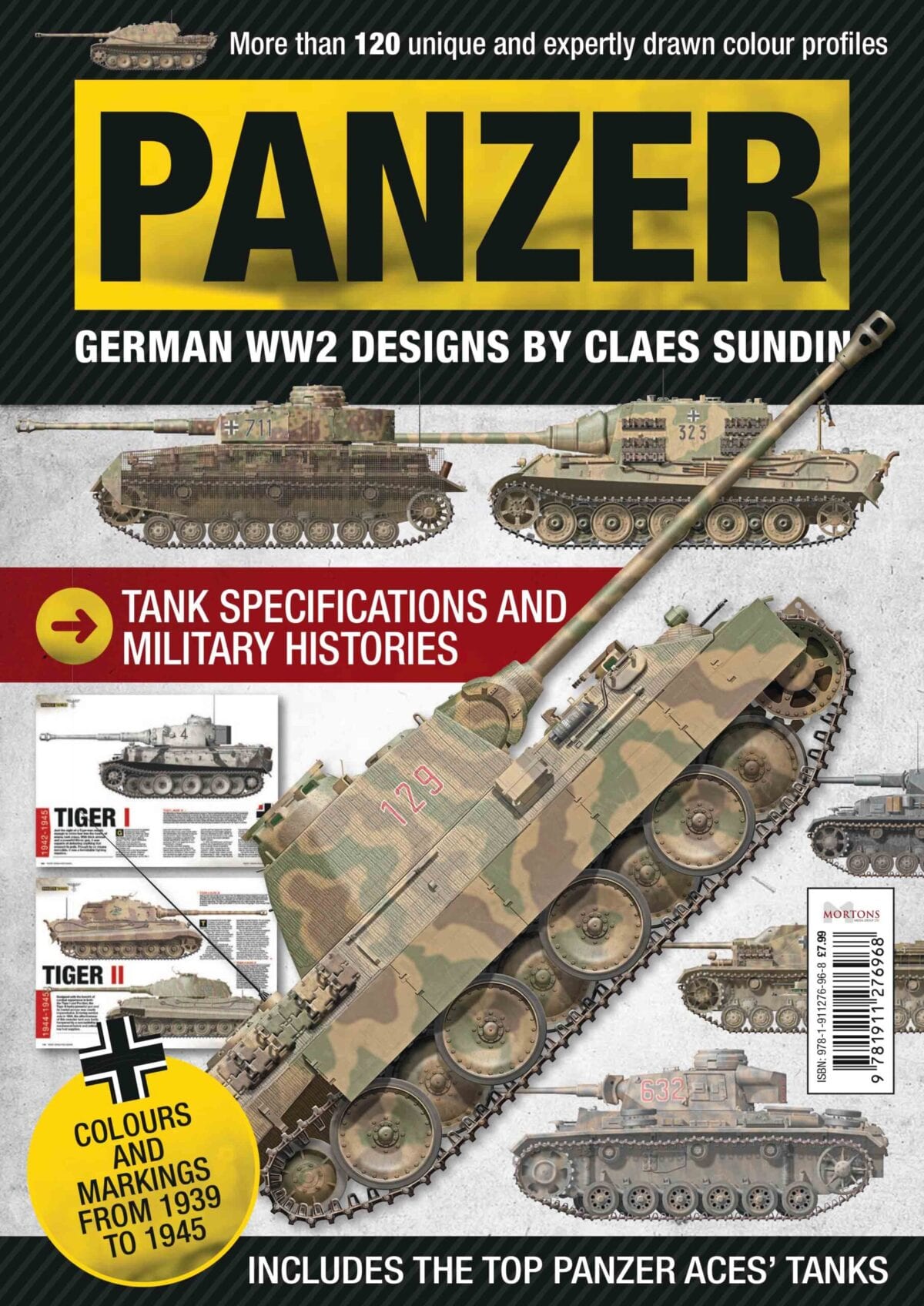This issue of Aviation Classics moves forward into the 1960s with an iconic Cold War jet fighter that was to become one of the most successful and widely used aircraft of the period.
Edited and compiled by Tim Callaway, who comes from an aviation background and has extensive knowledge of all things aviation-related, this issue of Aviation Classics will again comprise the publication’s now-established high-quality mix of features and photographs. This 132 page glossy A4 perfect bound ‘bookazine’ will include the following features:
- The design beginning as the N-156 of 1959, a privately funded light fighter concept from Northrop, developed over the next twenty years into a variety of roles and serving with 36 air forces worldwide.
- Simultaneous development of the single seat fighter, and Northrop’s two seat trainer from the same design, the T-38 Talon, which became the world’s first supersonic trainer when it entered service in March 1961. Aside from the dedicated trainer aircraft, there was also a separate two seat version of the fighter known as the F-5B. Although the US Air Force did not require a lightweight fighter, a small number of F-5s were purchased as training and aggressor aircraft, as well as twelve that were tested in combat conditions during the Vietnam War under as the Skoshi Tiger project. The two seat trainer was a different story, the US Air Force and Navy acquiring the majority of the 1,187 built as advanced and weapons trainers.
- Distribution of the planes around the world. The majority of the early single seat fighters were supplied to US allies, with over 800 being supplied to air forces as far apart as Norway and Taiwan. A complete upgrade to the aircraft resulted in the F-5E and two seat F-5F of 1972, as well as a new name, the Tiger II. The new aircraft proved equally popular with air forces worldwide, with 1,411 being built, many under licence in Korea, Switzerland and Taiwan. The fighter versions were to see combat service with the Ethiopian, Iranian, Kenyan, Moroccan, Saudi Arabian and Yemeni Air Forces between 1979 to the present day.
- Upgrades and other developments. A complete upgrade to the aircraft resulted in the F-5E and two seat F-5F of 1972, as well as a new name, the Tiger II. The new aircraft proved equally popular with air forces worldwide, with 1,411 being built, many under licence in Korea, Switzerland and Taiwan. The fighter versions were to see combat service with the Ethiopian, Iranian, Kenyan, Moroccan, Saudi Arabian and Yemeni Air Forces between 1979 to the present day.
- Aviation Classics explores the complete history of this often overlooked but highly significant aircraft, truly a fighter for the world.
Author: Tim Callaway
